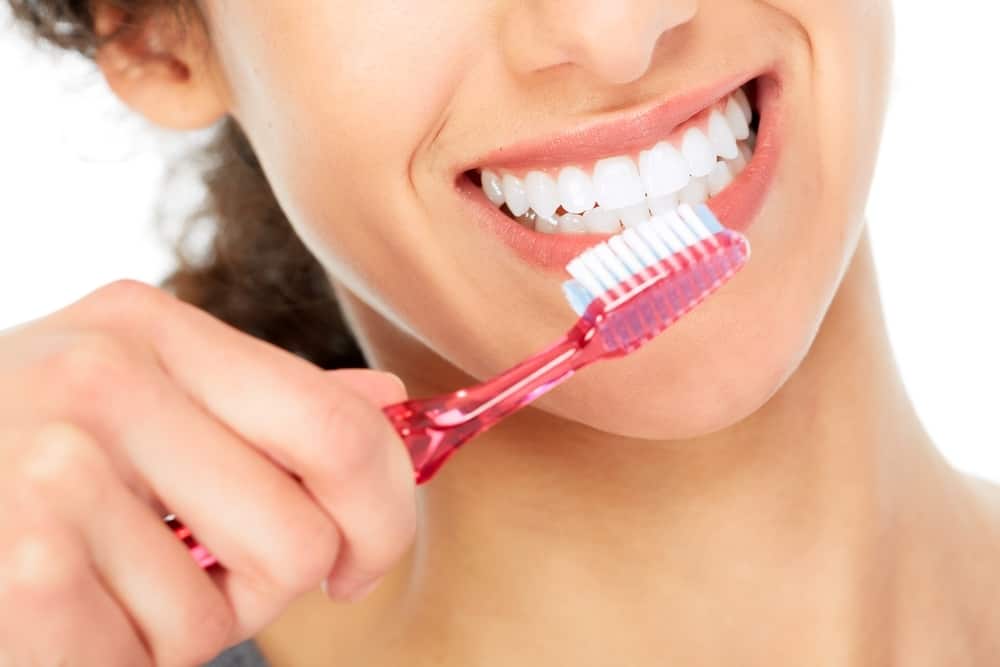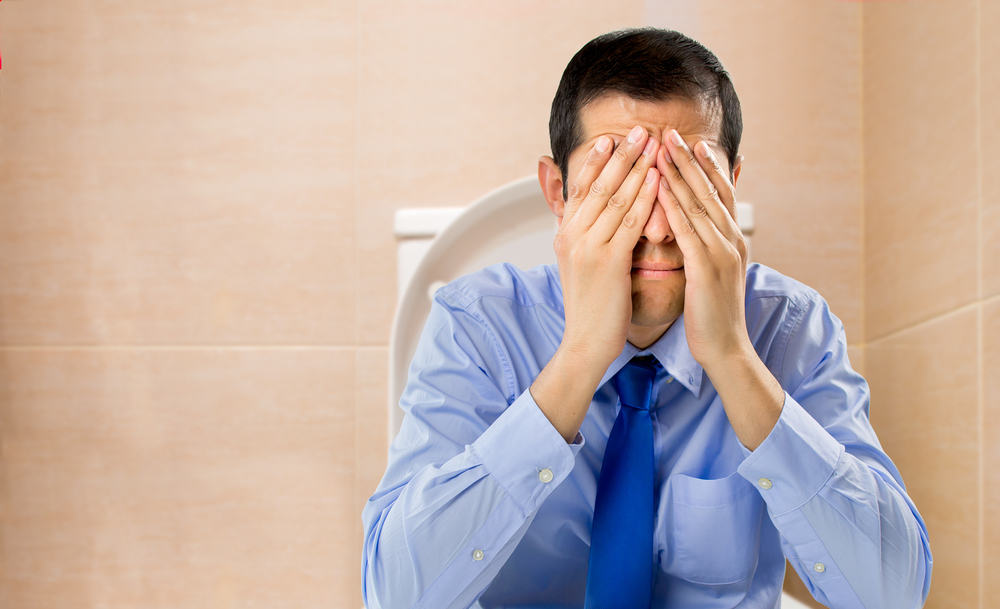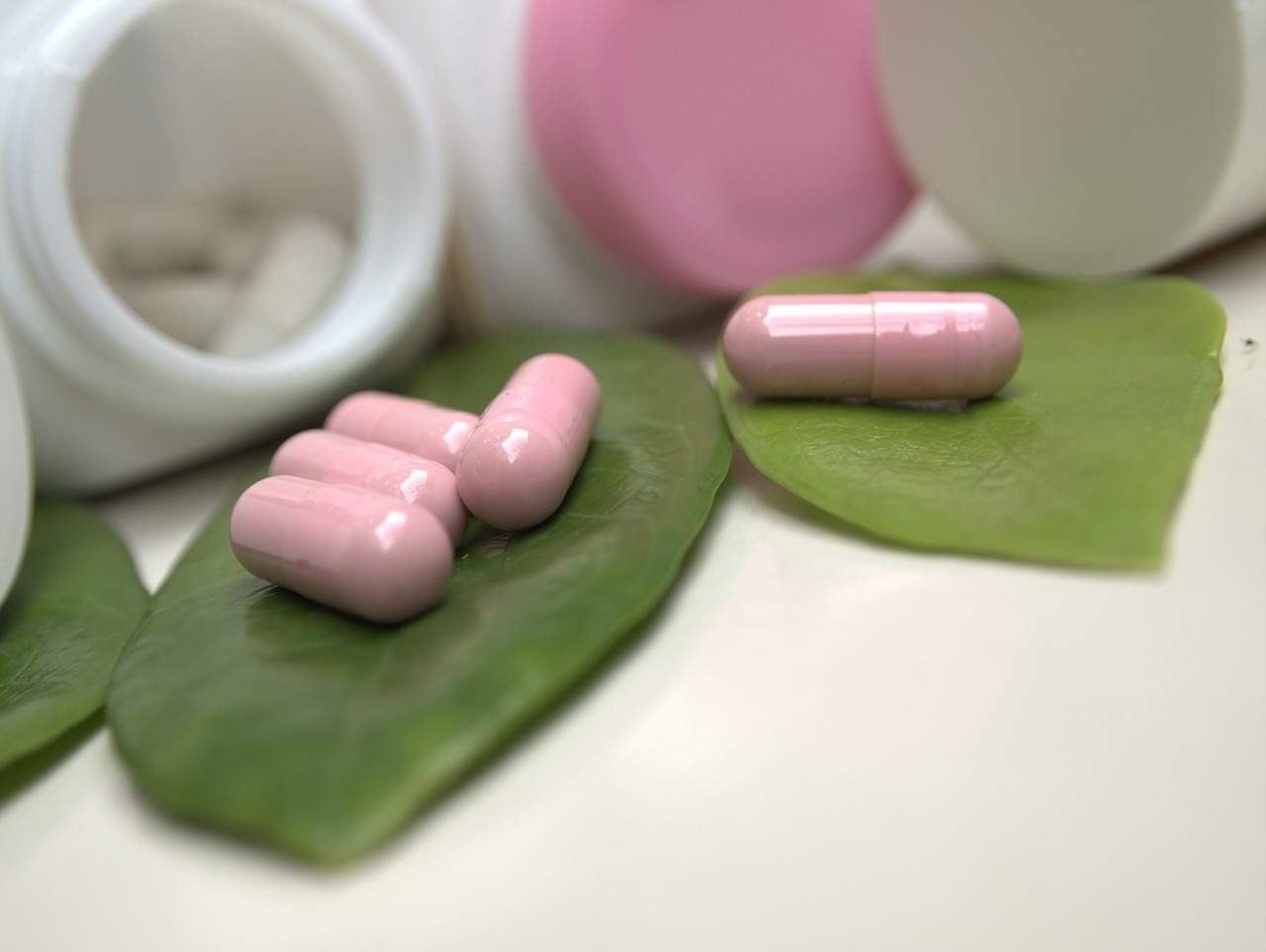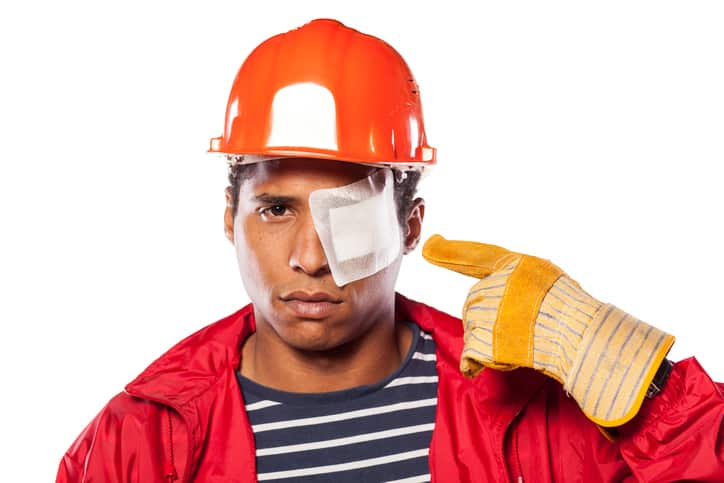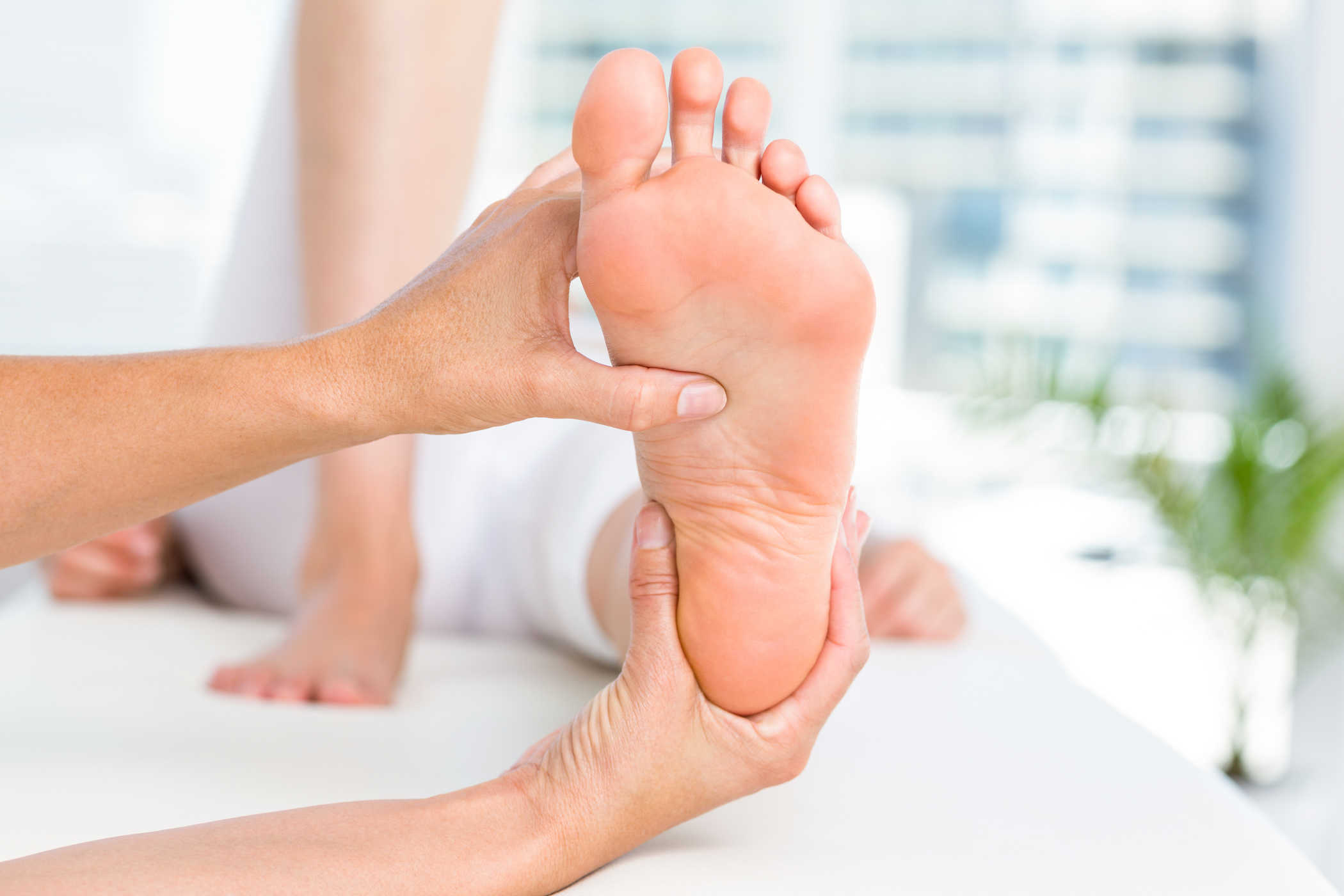Contents:
- Medical Video: How To Brush Your Teeth A Step-By-Step Approach
- The stages of brushing your teeth properly
- Additional tips:
- How do you know the teeth are clean after being brushed?
Medical Video: How To Brush Your Teeth A Step-By-Step Approach
Have you brushed your teeth properly? Regularly brushing your teeth is important to do to maintain healthy teeth. Tooth decay, such as cavities, gum problems, and bad breath, can approach you if you are not diligent in brushing your teeth or if you do not brush your teeth properly.
By brushing your teeth, you clean your teeth from plaques and food scraps that stick to your teeth. Well, to be able to clean your teeth thoroughly, you have to brush your teeth properly. How to?
The stages of brushing your teeth properly
Before you brush your teeth, prepare first a toothbrush and toothpaste. Choose toothpaste that contains fluoride and also choose a toothbrush that suits you. Adjust the toothbrush head to the width of your mouth. The brush head with a small tip will make it easier for you to reach your inner tooth. Also choose a brush with a handle that you are comfortable holding, so you can brush your teeth properly and not hurt your gums.
You need to know that you should brush your tongue first before you start brushing your teeth. Cleansing the tongue is important for removing anaerobic bacteria that cause bad breath. Usually the tongue brush is under the bristles on your toothbrush. Just like brushing your teeth, brushing your tongue also uses toothpaste. Brush your tongue as far as you can because the deeper your tongue is, that's where the number of bacteria nests. Brush your tongue gently and don't hurt your tongue.
After you brush your tongue, you can immediately brush your teeth by:
- Place the toothbrush feather on the tooth surface near the edge of the gum to form a 45 angle angle level. You can start brushing your teeth on the upper molars or on the back teeth on one side of your mouth. Brush in a circular motion from top to bottom for about 20 seconds for each section.
- Brush each part of the tooth, starting from the part of the tooth that is usually used to chew, teeth that are close to the cheeks and tongue. Make sure all the surface of the tooth has been brushed, so that the plaque or food scraps that stick to the teeth can be lost.
- To clean the surface of your front teeth, you should hold your toothbrush vertically or use the tip of your toothbrush head and brush in a circular motion from the edge of the gum to the top of the tooth. Do this movement repeatedly 2-3 times.
- Change the pattern of regular brushing of your teeth if needed. Sometimes, brushing your teeth in that way - that alone makes other parts that are not normally passed can be ignored.
- If you start from the upper part of your molars, you will complete your sweep on the lower molars. You will spend about 2-3 minutes brushing all parts of your teeth.
- Finally, rinse your mouth and brush your teeth with water.
Additional tips:
Don't brush your teeth too hard or put too much pressure on your teeth, this will hurt your teeth and gums. Too hard to brush your teeth actually doesn't help to clean your teeth better too. In fact, this can cause the outer surface of the tooth (enamel) to erode and this is the origin of sensitive teeth.
In addition, brushing your teeth in a straight motion (not circular) is not an effective way to clean your teeth. Brushing your teeth in a straight motion for a long time can cause permanent damage to your gums.
How do you know the teeth are clean after being brushed?
Sometimes, you may not feel satisfied after brushing your teeth. You feel your teeth are not really clean, so you will brush your teeth longer. Even worse, when you brush your teeth too long with hard movements, this causes injury to your teeth and gums. The thing you definitely don't want to experience isn't.
Well, therefore, you have to know how clean the teeth are after being brushed. The easiest way you can do is to feel your teeth. How do you do it?
The method is very easy. Feel the teeth with your tongue, whether it's smooth or not. Smooth tooth surface means your teeth are clean. However, if the tooth surface still feels rough, that means there is still residual plaque attached to your teeth. For that, make sure you brush all of the surface of your teeth, yes.
READ ALSO
- Are Electric Toothbrushes Better Than Regular Toothbrushes?
- Benefits and Risks of Using Braces
- Get to know Bruxism, the habit of cracking teeth while sleeping

